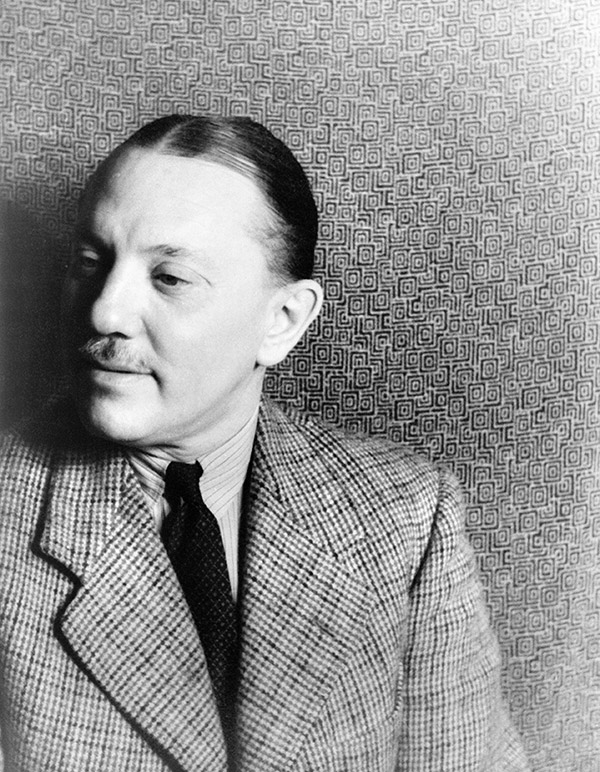The third generation of the Dudensing family and the last son of Henri Matisse
The F. Valentine Dudensing Gallery opened on February 8, 1926, at 43 East 57th Street with an exhibition of the work of Tsuguharu Foujita. This showing was the artist’s first in the U.S. While his work was highly acclaimed in Paris where the Japanese artist lived, he was not well known in New York. Regardless, the show was a success, likely the result of the copious press attention that the new gallery received. Critics responded equally to Foujita’s work as they did to the gallery’s novel stark décor: pale gray walls, bare floors, and abundant natural light from the gallery’s large, south-facing windows. One declared that Dudensing was “the first of the dealers to dress their galleries in backgrounds harmonizing with their pictures” and noted that his gallery, “decorated in the modern spirit,” was modeled after galleries in France and Germany.[i] In addition, the Dudensing-Matisse partnership was important news.
In 1926 the Dudensing family was well known in New York; Valentine was the third generation of his family to work in the art business. His grandfather, Richard Dudensing, emigrated from Germany in 1853 and was a successful engraver and printer. In 1904 his father, Frank Dudensing, opened Richard Dudensing & Son, an art gallery specializing in Barbizon School paintings, watercolors, and the work of young American artists. Pierre Matisse’s name naturally attracted attention since he was the younger son of the acclaimed artist. With demand for modern European art on the rise in New York in the mid-1920s, the art world was eager to see what this partnership would produce.
The gallery’s program alternated between shows of contemporary French art, arranged with Matisse’s help, and shows of American artists organized by Dudensing. In the first few years the dealer sold works by Giorgio de Chirico, André Derain, Raoul Dufy, Marie Laurencin, Jean Lurçat, Henri Matisse, Henri Rousseau, and André Dunoyer de Segonzac, as well as U.S. artists: Louis Eilshemius, Robert Laurent, and Joseph Stella.
Matisse served a critical role in the successful establishment of the Valentine Gallery’s renown. His art world connections helped him source important works many of which, once delivered to New York, remained in the U.S. and hang in museums today. Due to the quality of the works that Matisse procured, established and novice collectors were drawn to the gallery and Dudensing’s reputation grew quickly. He was a gifted salesman who taught his clients how to look at paintings. A handful of prominent collectors have remarked on the important role he played in the formation of their collections.[ii]
[i] “Valentine Dudensing Opens New Galleries,” (unidentified journal), Valentine Gallery records, Archives of American Art, Smithsonian Institution.
[ii] Oral history interviews by Ralph F. Colin, August 15, 1969, and Henry P. McIlhenny, October 28, 1974, both conducted by Paul Cummings. Archives of American Art, Smithsonian Institution. In his autobiography, Roy Neuberger calls him “one of the wisest dealers of the twentieth century” and notes that Alfred Barr considered that Dudensing “might well be the greatest dealer.” Roy R. Neuberger with Alfred and Roma Connable, The Passionate Collector: Eighty Years in the World of Art (Hoboken, NJ: John Wiley & Sons, Inc., 2003), 74.





 índice
índice